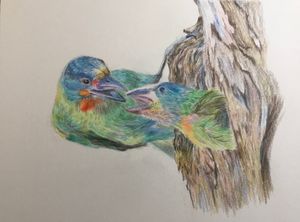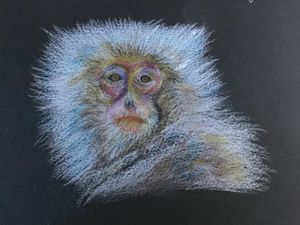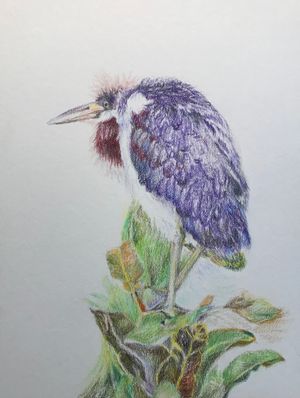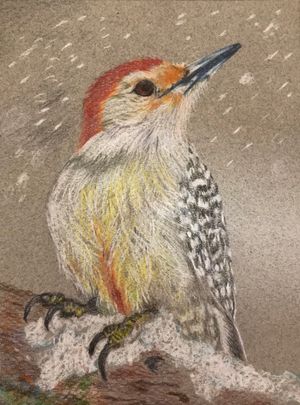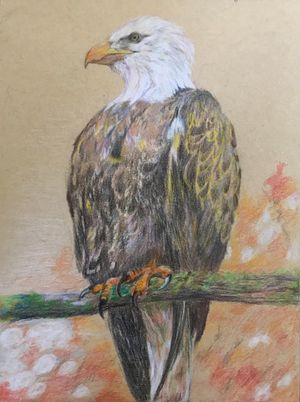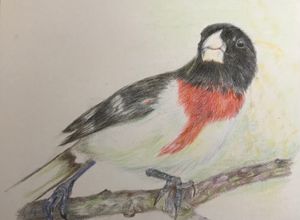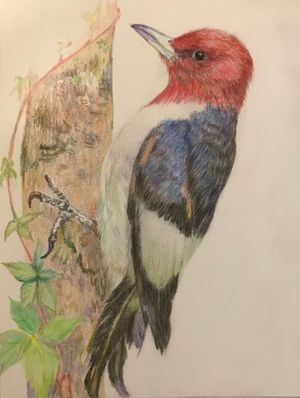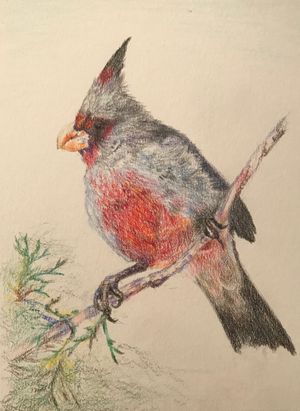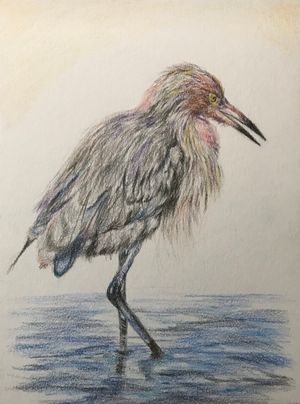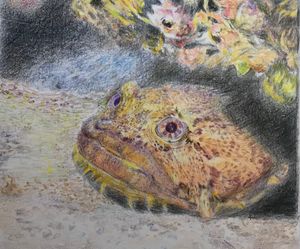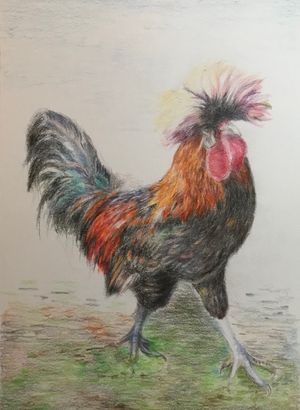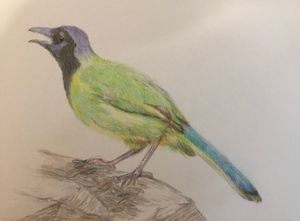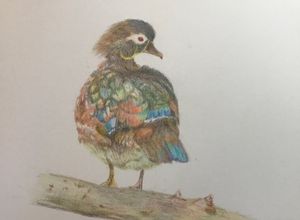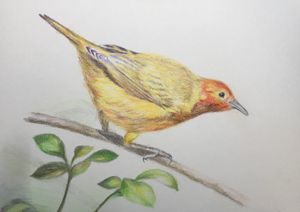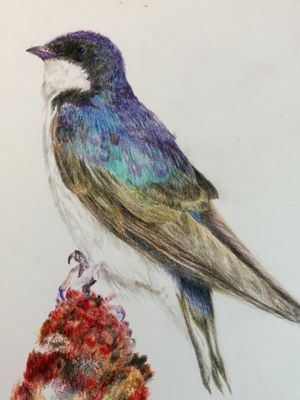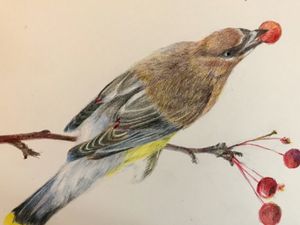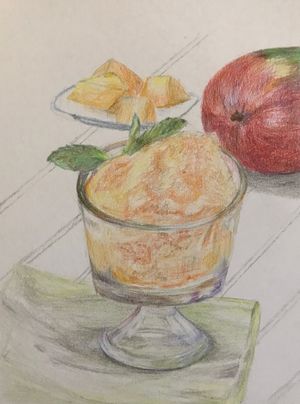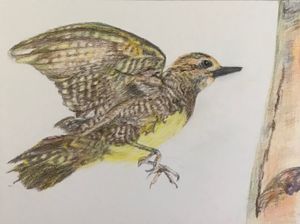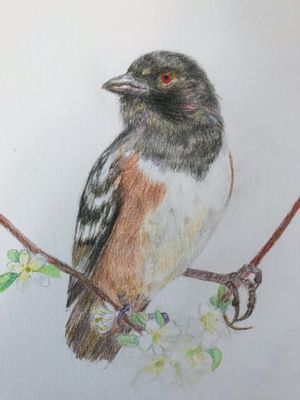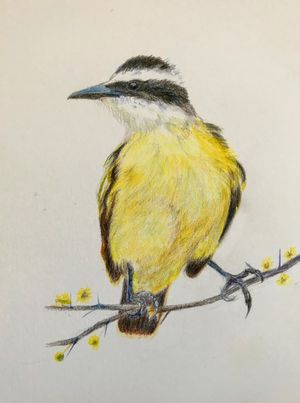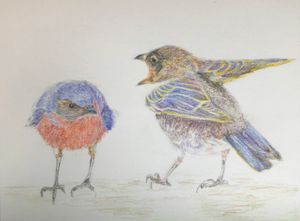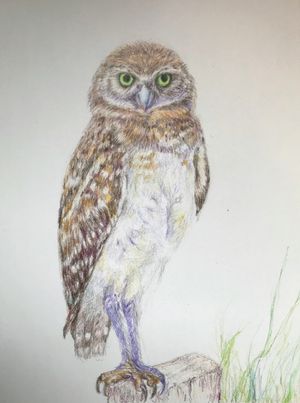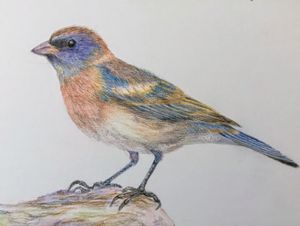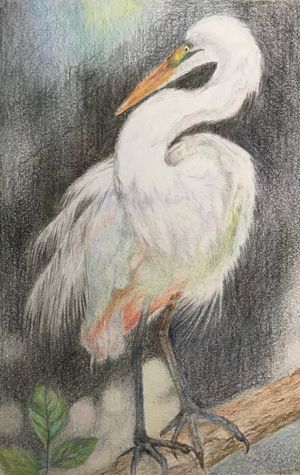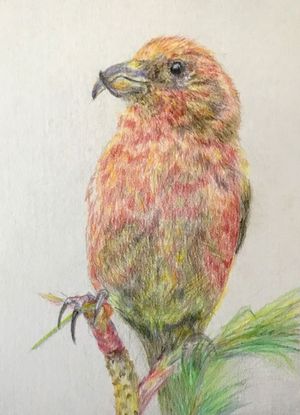Müller's Barbet (Psilopogon oorti) is a colorful and distinctive bird species found in parts of Southeast Asia[1]. This medium-sized barbet is known for its vibrant plumage, featuring a striking combination of green, red, blue, and yellow feathers[2]. The species is primarily arboreal, inhabiting tropical and subtropical moist lowland forests as well as montane forests[3].
Müller's Barbet is an important seed disperser in its ecosystem, feeding on a variety of fruits and occasionally insects[2]. The bird is known for its unique vocalizations, which include a series of loud, repetitive calls that play a crucial role in territorial defense and mate attraction[3].
Conservation efforts for Müller's Barbet are ongoing, as the species faces threats from habitat loss due to deforestation and agricultural expansion in parts of its range[1]. Despite these challenges, the bird is currently classified as a species of Least Concern by the International Union for Conservation of Nature (IUCN) due to its relatively wide distribution and adaptability to some modified habitats[3].
穆勒鬚鵯(Psilopogon oorti)是一種在東南亞部分地區發現的色彩鮮艷且獨特的鳥類。這種中型鬚鵯以其鮮豔的羽毛而聞名,羽毛呈現綠色、紅色、藍色和黃色的引人注目組合。該物種主要棲息於樹上,生活在熱帶和亞熱帶濕潤的低地森林以及山地森林中。
穆勒鬚鵯是其生態系統中重要的種子傳播者,以各種水果為食,偶爾也會捕食昆蟲。這種鳥以其獨特的發聲而聞名,包括一系列響亮、重複的叫聲,在領地防衛和吸引配偶方面發揮著關鍵作用。
由於棲息地因森林砍伐和農業擴張而面臨威脅,穆勒鬚鵯的保護工作正在進行中。儘管面臨這些挑戰,由於其相對廣泛的分布和對某些改變後棲息地的適應能力,該鳥類目前被國際自然保護聯盟(IUCN)列為無危物種。
Citations:
[1] https://www.military-history.us/student-resources/citing-sources-how-to-cite/
[2] https://link.springer.com/article/10.3758/s13420-018-0344-z
[3] https://forum.literatureandlatte.com/t/references-and-citations-what-to-use/1840
[4] https://www.ncbi.nlm.nih.gov/pmc/articles/PMC7552233/
[5] https://academic.oup.com/edrv/article/22/5/657/2424291
[6] https://www.ncbi.nlm.nih.gov/pmc/articles/PMC9704389/
[7] https://www.filmindependent.org/blog/remembering-cinematographer-r0bby-muller-eight-great-scenes/

